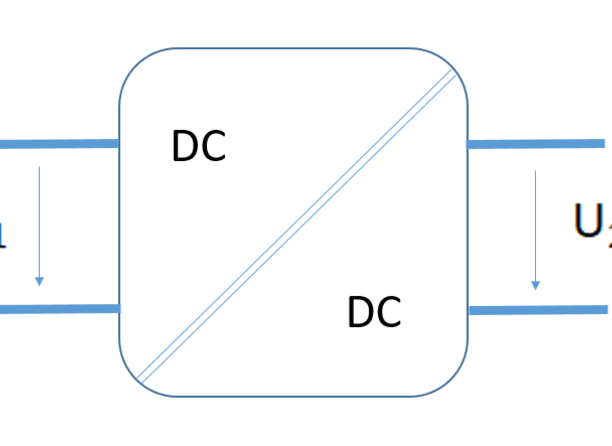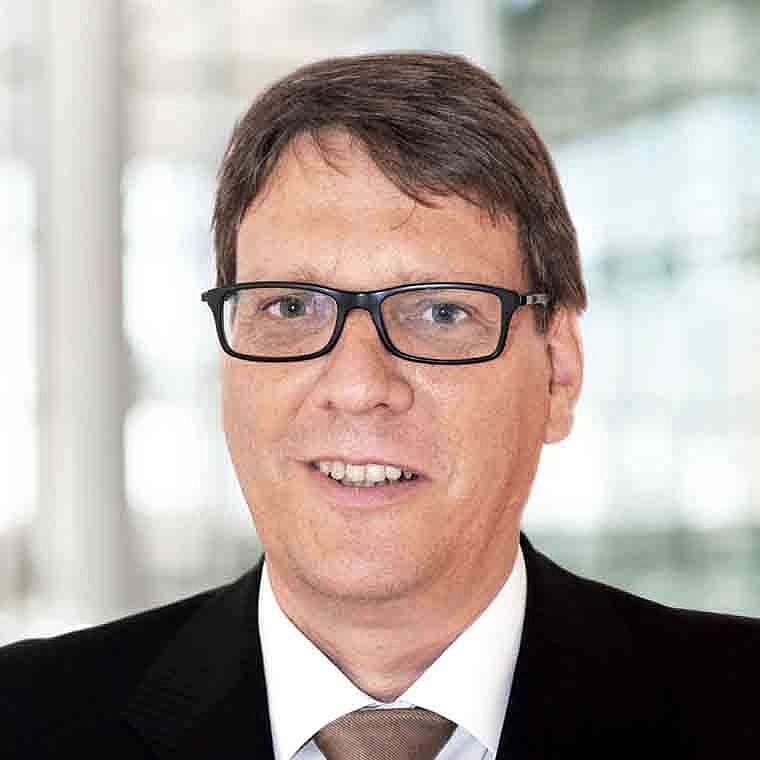DC-DC resonant converter - New control method provides variable output voltages
Ref.-No. 5078
Keywords: DC-DC-Converter, Series-Resonant Converter, Modulation Technique, Boost Mode, Buck Mode, variable input-to-output voltage
Flexible chargers for batteries (especially in the field of e-mobility), fuel cell applications or flexible photovoltaic battery combinations all contain switch-mode power supplies with DC converters, DC-DC converters in short. Usually the voltage ratio between output and input voltage of galvanically isolated DC-DC converters can only be varied in the range of 1:2. This is not the case with the new bidirectional, galvanically isolated resonant DC-DC converter: Here the voltage ratio can be variably adjusted in the range 1:4. With the resonant converter, the switching load is always balanced to achieve high efficiency. The principle is based on the series-resonant converter: By inserting primary or secondary side freewheels for whole resonant half oscillations, energy is supplied to the resonance circuit or selectively extracted from it, so that various control objectives, in particular a variable output voltage, are achieved. A short-circuit-proof SRC was also presented. The special feature of the boost and buck-boost modulation method used here for series-resonant converters: Parts of the excitation oscillations are omitted in the input circuit, which allows a lower energy level in the resonant circuit and therefore also a lower voltage at the output circuit (buck operation). If energy is not taken from the output circuit in each period of the oscillation, a higher energy level in the oscillating circuit and therefore a higher output voltage is obtained (boost operation). The resonant converter can be operated bidirectionally with the appropriate circuitry. A method for operating the DC-DC converter was also developed.
Competitive Advantages
- Variable output voltage
- High flexibility and efficiency
- Small and light construction
- Simple process
- Inexpensive
Commercial Opportunities
The bidirectional, resonant converter has several advantages over other converters, especially in terms of efficiency and component size. The decisive advantage, however, is the variable voltage ratio in the range 1:4.
Current Status
A German patent application has been filed, further applications are possible. On behalf of TH Köln – University of Applied Sciences, we offer interested companies licenses to the invention and the opportunity to develop the technology. The use of this technology is offered here within the framework of a licensing model. The further development of the product is also desirable within the framework of a cooperation project.
—
An invention of TH Köln.



